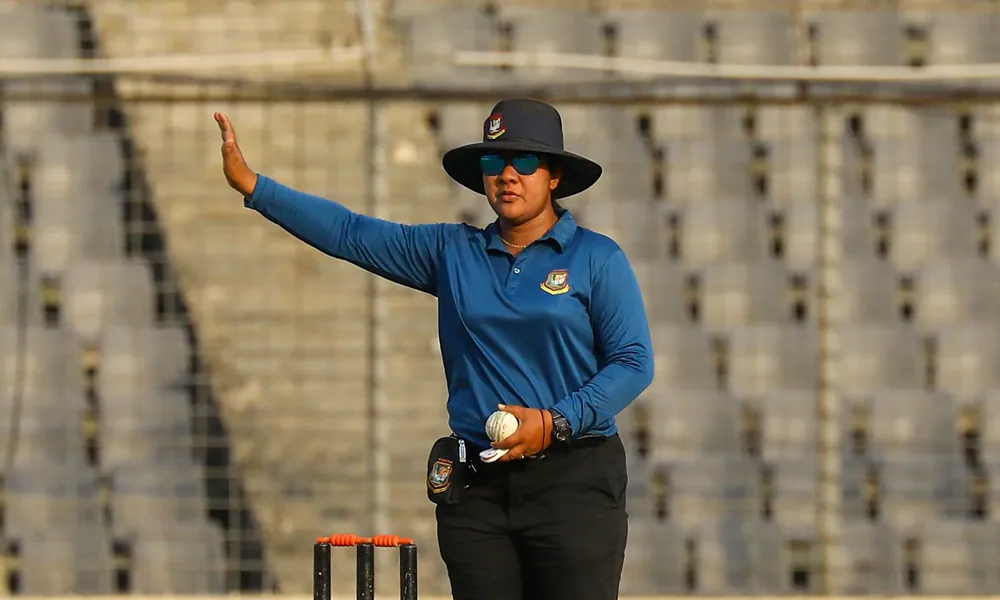Beyond the Boundary: A Glimpse into the Life of a Cricket Umpire

In the grand theater of cricket, where players command the spotlight and fans roar with anticipation, there exists a silent yet indispensable figure - the umpire. These guardians of the game patrol the field with vigilance and impartiality, ensuring that the laws of cricket are upheld and fair play prevails. In this blog, we offer a backstage pass to the intriguing world of cricket umpiring, shedding light on the challenges, responsibilities, and rewards that come with donning the white coat.
The Calling:
For many cricket enthusiasts, the journey to becoming an umpire begins as a labor of love - a passion for the game and a desire to contribute to its integrity. While some former players transition into umpiring roles, others embark on the path from grassroots levels, attending umpiring courses and gaining practical experience in local matches. Regardless of the route taken, umpires share a common dedication to upholding the spirit of cricket and ensuring a level playing field for all.
The Responsibilities:
Umpiring isn't merely about signaling boundaries and dismissals; it's a multifaceted role that demands astute judgment, clarity of communication, and unwavering integrity. Umpires must interpret and apply the laws of cricket with precision, making split-second decisions under intense pressure. From adjudicating on lbw appeals to determining the legality of deliveries, umpires serve as arbiters of fairness, entrusted with maintaining the sanctity of the game.
The Challenges:
Umpiring in cricket presents a myriad of challenges, from the relentless scrutiny of players and spectators to the inherent complexity of the sport itself. Umpires must navigate through the cacophony of appeals and protests, maintaining their composure and impartiality in the face of adversity. Moreover, the ever-evolving nature of the game necessitates continuous learning and adaptation, as umpires strive to stay abreast of new regulations and technologies.
Technology and Umpiring:
In recent years, the advent of technology has revolutionized the role of umpires, providing them with invaluable tools to aid decision-making. From the Decision Review System (DRS) to ball-tracking technology, umpires now have access to instant replays and predictive analytics to assist them in making accurate calls on the field. While technology has enhanced the accuracy of decision-making, it has also sparked debates regarding its impact on the traditional role of umpires and the essence of human judgment in the game.
The Camaraderie:
Despite the pressures and challenges, umpiring fosters a unique sense of camaraderie among officials, players, and support staff. Umpires often form close-knit communities, sharing experiences, insights, and occasional moments of levity amidst the intensity of the game. The mutual respect and camaraderie forged on the field transcend boundaries and rivalries, embodying the spirit of cricket as a unifying force.
Conclusion:
In the grand tapestry of cricket, umpires are the unsung heroes who ensure that the game is played in accordance with its cherished principles of fairness and sportsmanship. Theirs is a calling defined by sacrifice, dedication, and an unwavering commitment to upholding the integrity of cricket. As we applaud the feats of players and celebrate the spectacle of the game, let us also pay tribute to the silent sentinels who stand vigil on the field, embodying the spirit of cricket with humility and grace.

